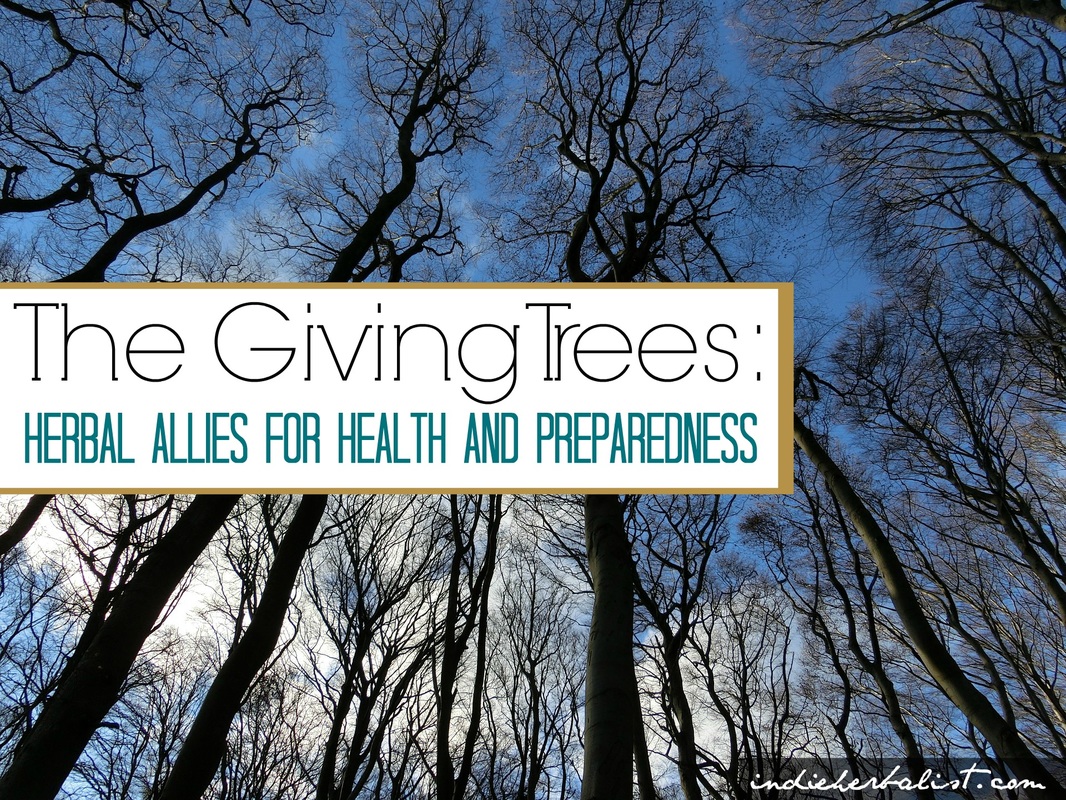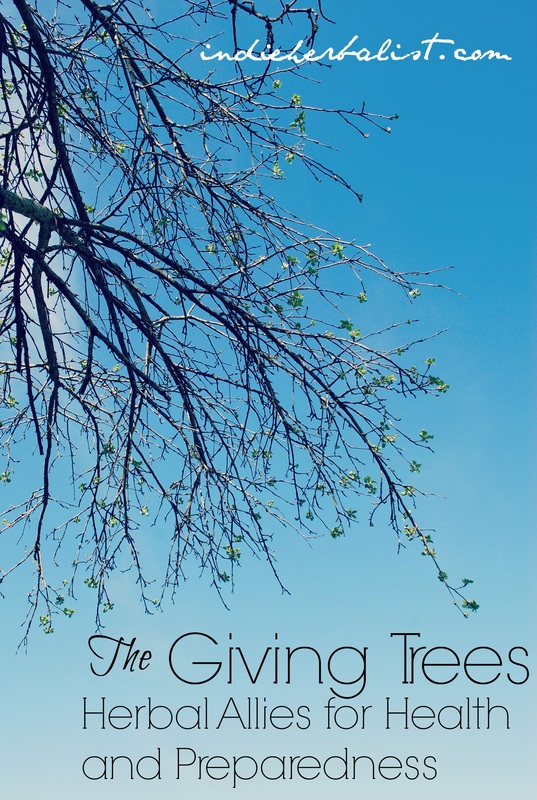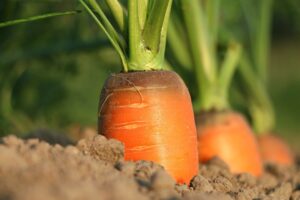Links contained in this post and elsewhere on my website may include affiliate links. When you make a purchase through these links, I earn a commission at no additional cost to you. I only link to products and services that I love - and that I think you will love, too!
It’s easy to take trees for granted. They are part of the landscape, melding into the background. Unless you have a particular interest in trees, you won’t notice them until they start to change colors in the fall, or you start thinking about firewood or whether or not the tree in the backyard is a hazard to your roof.
This is a shame, because trees are beautiful all times of the year if we stop to notice, and they are worth so much more than firewood. To an herbalist, a tree may be an ally for health as well!
Hardwoods like white oak, sycamore, and tulip poplar- to name a few-have an incredibly rich, all-but-forgotten history.
As the sap rises, the bark becomes easy to peel off, or “slip” from the branches. During the rest of the year, except again briefly in the fall when the sap falls, the bark sticks hard and fast to the inner wood. Chipping the bark from the branches is a chore, and it seems to me that it is also less potent than wood harvested in the spring. There is less of each tree’s distinctive smell. If you are a Patron, you can log in and read more about how to harvest herbal tree barks in How to Harvest Bark Like An Herbalist.
Like other herbs, each tree has a unique smell and flavor. At first, this seems surprising. Except for evergreens and conifers, most trees don’t seem to have a distinctive smell. In evergreens, much of the beneficial compounds are in the needles, which release their scent when you brush against them and the scent is also easily carried on the wind or in the air on a warm day as the volatile oils are warmed and the sap leaks from the bark.
With hardwood trees, it is unlikely you will notice the scent until you snap a twig and really look for it by sniffing for it or chewing on the twig. With hardwoods, the beneficial compounds are found in the inner bark or the cambium layer. Protected by the inert outer bark, their secret lies safe under their skin.
February is actually a wonderful time to work on learning to identify trees. Bark patterns are very distinctive, and you can also learn to identify trees by their buds. Both forms of identification are great skills to practice.
Here are a few hardwood trees with herbal uses that you might want to explore, and you might also want to read my article from last February, Medicinal Trees: A February Walk by the River. These are all herbs that grow in the Southeastern US, but some of them have a wider range as well:
- American Sycamore (Platanus occidentalis)
- Linden (Tilia spp)
- Tulip Poplar (Liriodendron tulipifera)
- American Beech (Fagus grandifolia)
- Persimmon (Diospyros virginiana)
- River birch (Betula nigra)
- Magnolia (Magnolia grandiflora)
- White oak (Quercus alba)
- Black Willow (Salix nigra)
- Witch Hazel (Hamamelis virginiana)
Yes, I know it is just a list. It’s meant to spark your curiosity so that you can do some reading and research of your own. I hope you will take a good field guide, investigate what trees might be growing in your neighborhood, and then go out and see what you can find.
Herbalism is a living tradition, and part of that is exploring what is happening in nature in your own backyard and bio region!
All the Best,
Agatha


